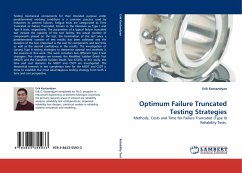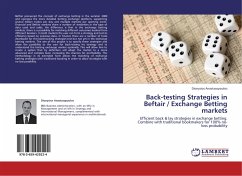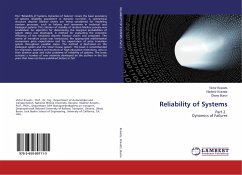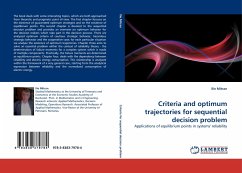Testing mechanical components for their intended purpose under predetermined working conditions is a common practice used by industries to prevent failures. Fatigue tests are categorized as Time Truncated or Failure Truncated, known in the literature as Type I and Type II tests, respectively. The parameters of a typical failure truncated test include the capacity of the test facility, the actual number of components placed on the test, the termination of the test once a predetermined number of test results has been collected and the duration of the test. Important is the cost for components and test time as well as the desired confidence in the results. The investigation of varying Type II testing strategies to determine optimal test methods is the essence of this work. This work considers two different Type II test strategies. The strategies are termed: the Modified Sudden Death Test (MSDT) and the Classified Sudden Death Test (CSDT). In this study, the time and cost domains forMSDT and CSDT are investigated. The theoretical research in test completion time for the MSDT and CSDT is done to establish the most advantageous testing strategy from both a time and cost perspective.








